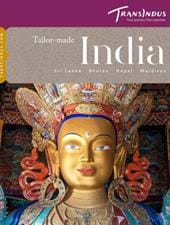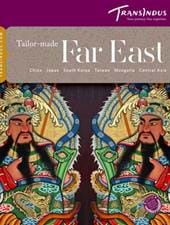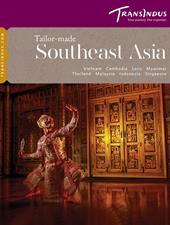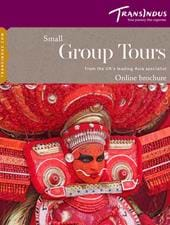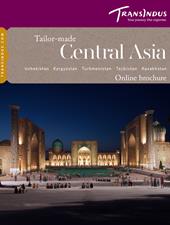South Korea is a year-round destination where each season offers unique experiences, from vibrant festivals to breathtaking natural beauty. Here’s a guide to help you decide when to visit, including peak and low seasons.
Spring (March to May)
Weather: The weather is mild and pleasant, with temperatures ranging from 10°C to 20°C (50°F to 68°F). Rainfall is minimal, making it ideal for outdoor activities.
Highlights: Spring is all about cherry blossoms, which bloom in cities like Seoul, Busan, and Jeju Island. The Jinhae Cherry Blossom Festival is a must-see, drawing crowds for its stunning, pink-lined streets. Other highlights include the Yeouido Spring Flower Festival in Seoul and the Lotus Lantern Festival, which celebrates Buddha’s birthday with a dazzling lantern parade.
Seasonal Advantage: Spring is considered a peak season, especially in April when cherry blossoms are full. A vibrant atmosphere prevails, but as expected, prices are higher. However, the season's beauty makes it worth the visit.
Summer (June to August)
Weather: It's hot and humid, with temperatures between 25°C and 35°C (77°F and 95°F). It’s monsoon season, so be prepared for heavy rain, especially in July and August.
Highlights: Summer is lively and energetic, perfect for beach lovers. Busan’s Haeundae Beach hosts vibrant festivals, fireworks, and water sports. The Boryeong Mud Festival on the west coast offers a unique, muddy experience with music and fun. Seoul’s International Fireworks Festival and the Incheon Pentaport Rock Festival are other summer events to enjoy.
Seasonal Advantage: Summer is a low season for general sightseeing due to the heat and rain, which means fewer crowds and lower accommodation costs. However, beach areas and festivals can still be busy.
Autumn (September to November)
Weather: Crisp and cool, with temperatures from 15°C to 25°C (59°F to 77°F). The weather is dry and clear, making it perfect for outdoor adventures.
Highlights: Autumn is another peak season due to the stunning fall foliage. Landscapes in Nami Island, Seoraksan National Park, and Seoul’s palaces turn vibrant red, orange, and yellow shades. Chuseok, the Korean harvest festival, is a cultural highlight that offers insights into traditional customs. The Andong Mask Dance Festival in Andong showcases traditional performances.
Seasonal Advantage: As a peak season, autumn offers stunning natural beauty and vibrant cultural events. However, expect more tourists and higher prices, especially in scenic areas known for fall foliage.
Winter (December to February)
Weather: Cold, with temperatures ranging from -10°C to 5°C (14°F to 41°F). Snowfall is common, especially in mountainous regions.
Highlights: Winter is perfect for ski enthusiasts, with top resorts in Pyeongchang, the site of the 2018 Winter Olympics. The Seoul Lantern Festival lights the city with ice sculptures and lantern displays. Visitors can also enjoy traditional winter markets and seasonal dishes like Tteokguk (rice cake soup) and Hotteok (sweet pancakes).
Seasonal Advantage: Winter is a low general tourism season, meaning fewer crowds and lower prices. This makes it a great time to visit if you enjoy winter sports or want a quieter experience exploring South Korea’s cities and cultural sites.
Each season in South Korea has its unique charm, whether you prefer the vibrant blossoms of spring, the colourful foliage of autumn, or the festive winter atmosphere. Peak seasons offer lively experiences and natural beauty, while low seasons provide the opportunity for a more relaxed and affordable trip.

